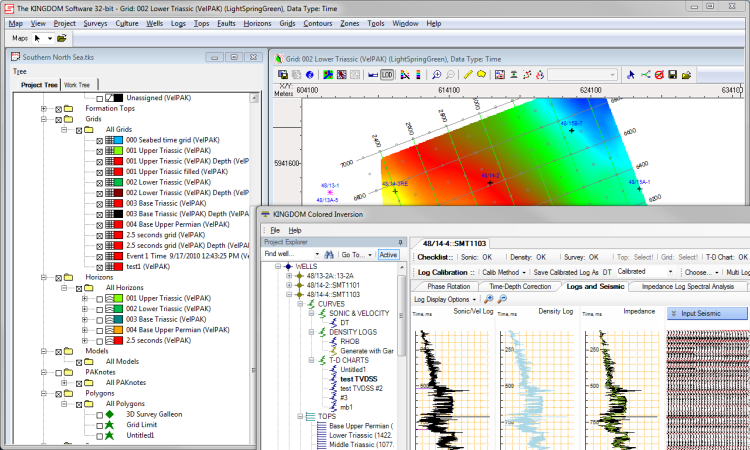
Seismic Inversion: The Key to Understanding Earth’s Interior
Seismic inversion has become one of the key techniques that geologists use to understand the Earth’s interior processes, from volcanic activity to plate tectonics. Although this method may seem complex and tricky at first, understanding how seismic waves travel through the Earth can help you grasp these important inversion methods and see how they can be used to create valuable scientific data. How does seismic inversion and its types work? What are its benefits? In this article, we’ll explain everything you need to know about seismic inversion methods and their benefits, including what they are and why they’re useful.
What is Seismic Inversion?
Seismic inversion is a technique that allows geoscientists to better understand the interior of our planet. Geophysicists send seismic waves into the earth and record the reflected waves. They then take this data, invert it, and can create images of what is happening deep below the earth’s surface. By inverting these records, scientists can see deeper into the earth than ever before. It has helped them discover how large volcanic eruptions happen.
How Does Seismic Inversion Work?
Seismic inversion is a process whereby seismic data is analysed to produce subsurface images. It is a technique that can be used on any type of seismic data. By inverting the information contained in the waveforms, geologists can derive the physical properties of the rocks and fluids beneath the surface.
What are the Benefits of Seismic Inversion?

Seismic inversion is a process that uses seismic waves to measure the properties of subsurface structures. Seismic inversions are used for a variety of purposes, such as determining the depth and location of oil and gas reservoirs, understanding how earthquakes form, identifying potential earthquake hazards and mapping the structure of Earth’s interior. It can be used to identify any faults or changes in rock layers beneath Earth’s surface.
How Can Seismic Inversion be Used to Improve our Understanding of the Earth’s Interior?
Earth’s interior is still a mystery to us, and scientists have been trying to unlock its secrets for over a century now. One way we can gain insight into what lies beneath our feet is by using seismic inversions. Seismic inversions allow geophysicists to infer the properties of the Earth’s interior based on waves that travel through it. These waves can be either natural or man-made, such as those produced during earthquakes.
Development of Seismic Inversion
In order to understand the interior of the earth, geophysicists invert seismic data. Before seismic inversions, all that was known about the earth was what could be seen on its surface. With new methods for inverting seismic waves into pictures of the earth, we are now able to see the subsurface of the earth and learn about its interior. Geophysicists use these pictures to map out what is happening with tectonic plates, mantle convection, and how subduction zones work.






